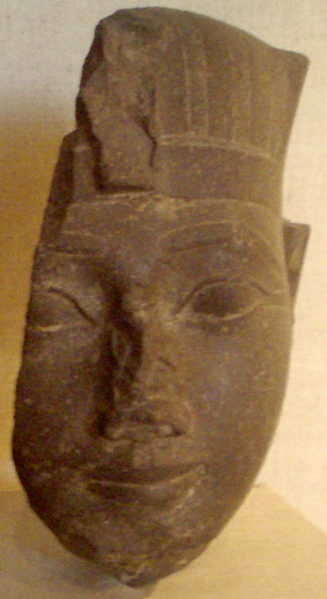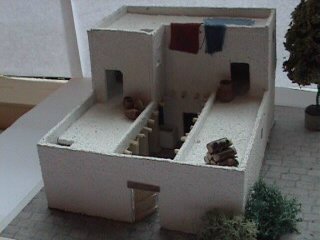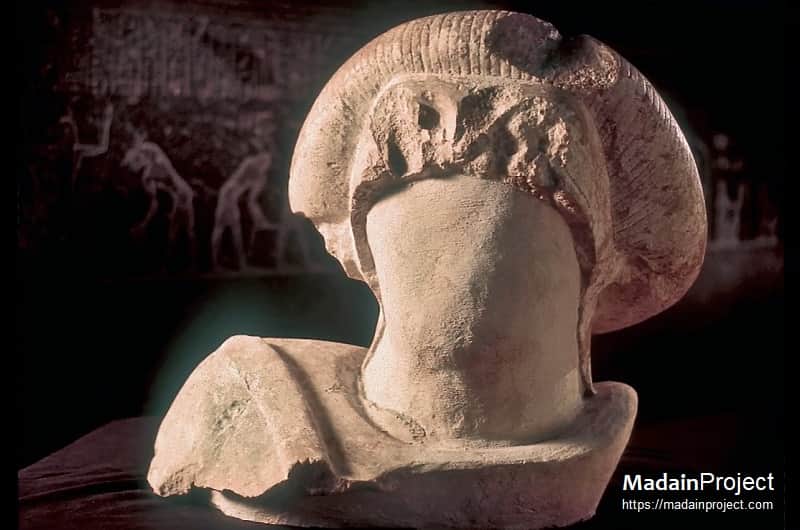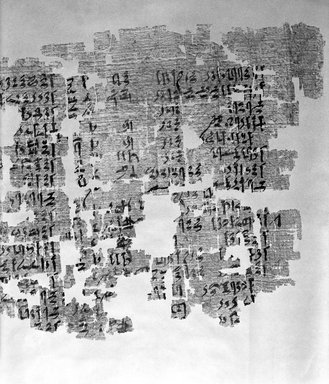TRANSPONDER wrote: ↑Fri Apr 08, 2022 2:16 pm
I don't know why you are ignoring or evading the point. Blocks or bricks, making or hauling either would not confirm the Bible because non Hebrews in Egypt also did it., I have seen your review of your evidence.I have already refuted all of it.
No, I have not evaded your point and you have not refuted any of it. Here was the point you made at first which I addressed.
TRANSPONDER wrote: ↑Fri Apr 01, 2022 1:41 amIf Exodus has accounts of them forced to haul stone blocks or make pots without...say, glazing, you could show models and pictures of Egyptians doing that (as they always did) and claim that supports the Bible.
A story of Hebrew slaves hauling stone blocks would
not have made any sense as I've covered in
post 953. So, your claim that the Bible can say anything it wants and it would all be plausible is false.
If you're going to present counter-arguments, you'll need to not just make up claims without any evidence to back up the claims. If you claim hauling stone blocks is just as plausible as making mud bricks, you'll need to justify it.
Again, all I'm showing is the Biblical account aligns with the archaeological evidence. I'm not claiming that from archaeological alone can you tell what specific people group made mud bricks.
TRANSPONDER wrote: ↑Fri Apr 08, 2022 2:32 pm
I have heard similar claims about a number of Egyptian kings including Ramesses II who was succeeded by Merneptah rather than his first -born son. It was heavily hinted that made him the Pharaoh of the Exodus. You can do that with several Egyptian Pharaohs.
Sure, there are some arguments for the late date. But it is the cumulative evidence that should be considered. Again, if anyone wants to argue for the late date, we can compare the evidence against the early date.
And could you clarify whether it's Ahmose I or one of the successors that is the Phraroah of the Exodus? There seems to be three possible candidates.
I claim
Amenhotep II was the Pharaoh of the Exodus.
I repeat that Hebrew sounding names in Egypt are better explained as Hebrew borrowing of Canaanit names - just as they borrowed Phoenecian litters rather than Canaanite script which suggests, doesn't it that they appeared next to Phoenecian culture rather than Hyksos.
Please present the evidence that non-Hebrew cultures had used Hebrew names that I had presented:
The Hebrew names found on the list include: Menahema, a feminine form of Menahem (2 Kings 15:14); Ashera, a feminine form of Asher, the name of one of the sons of Jacob (Genesis 30:13); Shiphrah, the name of one of the Hebrew midwives prior to the Exodus (Exodus 1:15); ‘Aqoba, a name appearing to be a feminine form of Jacob or Yaqob, the name of the patriarch (Genesis 25:26); ‘Ayyabum, the name of the patriarch Job or Ayob (Job 1:1); Sekera, which is a feminine name either similar to Issakar, a name of one of the sons of Jacob, or the feminine form of it (Genesis 30:18); Dawidi-huat a compound name utilizing the name David and meaning “my beloved is he” (1 Samuel 16:13); Esebtw, a name derived from the Hebrew word eseb meaning “herb” (Deuteronomy 32:2); Hayah-wr another compound name composed of Hayah or Eve and meaning “bright life” (Genesis 3:20); and finally the name Hy’b’rw, which appears to be an Egyptian transcription of Hebrew (Genesis 39:14).
viewtopic.php?p=1071590#p1071590
TRANSPONDER wrote: ↑Fri Apr 08, 2022 3:20 pm
I had a quick check and bricks and stone were both used in Egypt from early times. Stone for Temples, and the like and bricks for less monumental buildings.
Yes, stone and brick have been used for construction in Egypt.
But, unlike popular belief, ancient Greek belief, and Cecil B. DeMille's portrayal of Hebrew slaves hauling stone blocks, it would not have aligned with archaeological data.

If they ate no pigs when they were not the Hebrews it cannot be used as evidence that Hebrews were even there.
I agree not finding much pig bones in Goshen is not conclusive evidence, but it is an interesting alignment.
I presume that you will drop Senusret as the Pharoah with Joseph the principal adviser and opted for Joseph as boss of the Hyksos when Ahmose ended Hyksos rule. But there again, while I can wangle it to fit myself, does three colours on a statue equate to 'many colours', other than technically (being more than two)? On top of this the end of Hyksos rule was Not the Exodus. Supposedly that was something that happened under one of the successors of Ahmose I, though I doubt that you can wangle Hatsheptsut into the story, unless you deny the accepted Chronology.
I already talked about all of these, so not sure exactly what you are claiming.
The lack of a trace of evidence of the Exodus (and I repeat that the Hebrews adopted the Phoenecian alphabet rather than Canaanite script as used in Egypt) is explained by you as being suppressed by the Egyptians and you cite the attempt to obliterate Hatshepsut.
I haven't yet gotten to the point of the exodus out of Egypt. We'll see if there's no evidence or not. As for Egyptians erasing the memory of Hatshepsut, if they could do that for a
Pharaoh, why could they not as well do that for a bunch of slaves?











